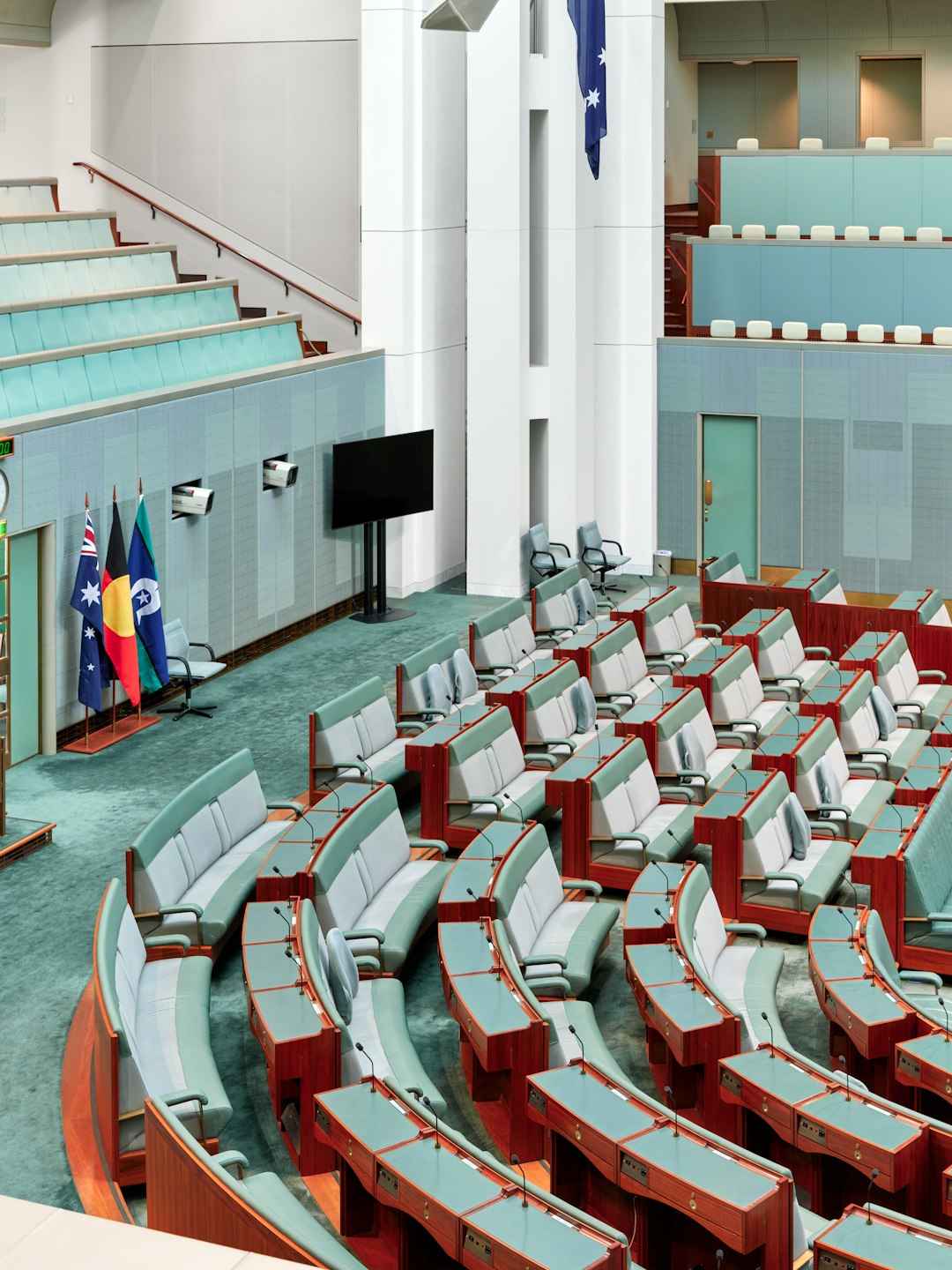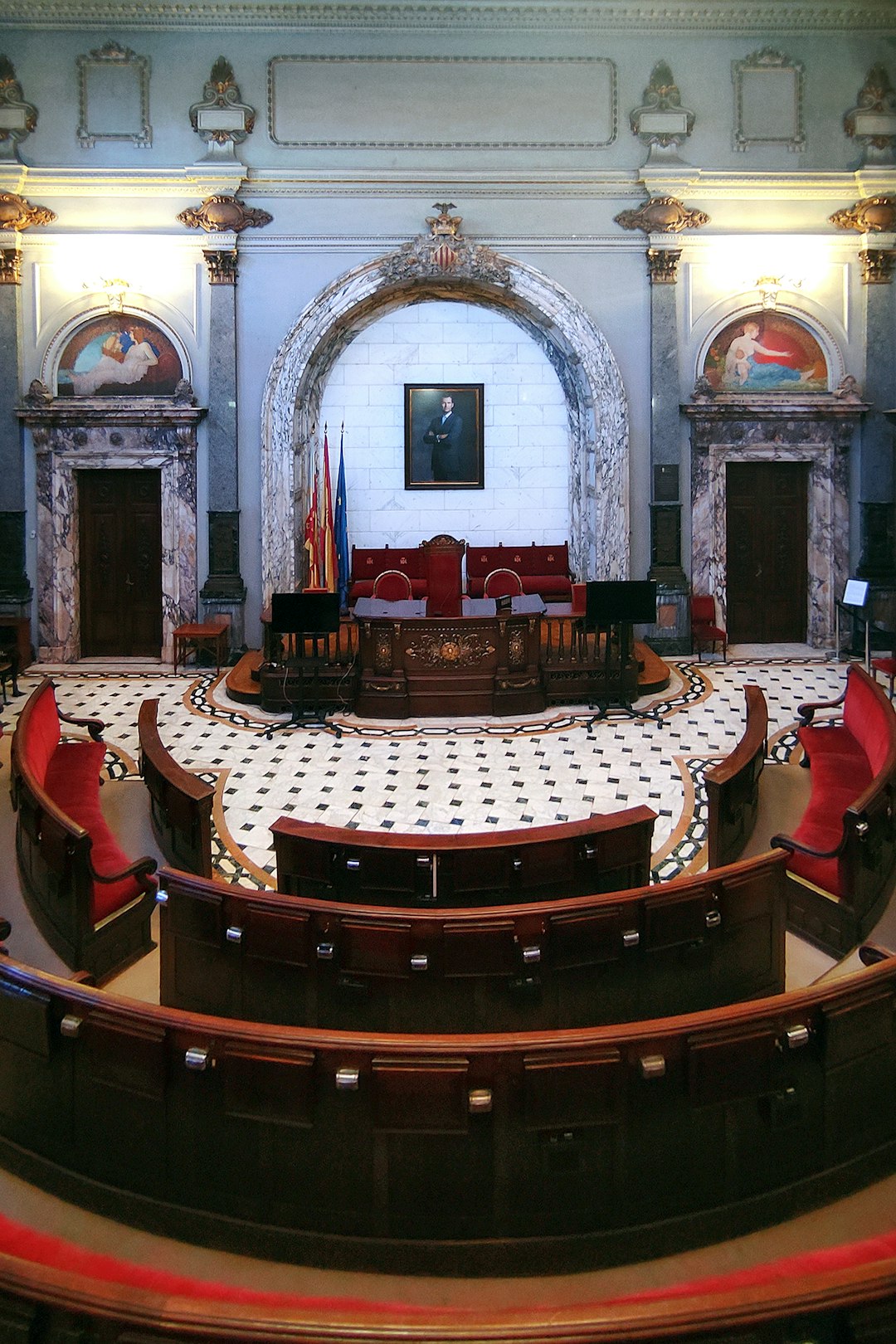When it comes to how governments make decisions and pass laws, the structure of the legislature plays a critical role. While many countries use a bicameral system—meaning two chambers or houses—some opt for a more streamlined approach called a unicameral system. But what exactly does unicameral mean, and how can just one chamber handle all the legislative drama typically spread between two?
TL;DR (Too Long; Didn’t Read)
Unicameral legislatures have only one legislative chamber, unlike bicameral systems with two, such as a Senate and House of Representatives. This can result in faster lawmaking, lower costs, and less political gridlock. While it may reduce checks and balances, some governments believe the simplicity and efficiency are worth it. Curious about how one room can rule them all? Read on!
What Does “Unicameral” Actually Mean?
The term unicameral comes from Latin roots: “uni” meaning one, and “camera” meaning chamber. A unicameral legislature consists of a single deliberative body responsible for making laws, passing budgets, and overseeing the executive branch.
This structure contrasts with a bicameral system, where two separate chambers—often called the upper house and lower house—must work together to enact legislation. Think of the U.S. Congress, with its House of Representatives and Senate, or the UK Parliament, composed of the House of Commons and the House of Lords.
Why Go Unicameral?
The motivations for adopting a unicameral system vary, but the primary drivers are efficiency, cost-effectiveness, and a desire to reduce gridlock. Here are a few reasons why some countries and regions favor this streamlined approach:
- Simplified Decision-Making: With only one chamber, there’s less duplication of work, making the legislative process faster and more straightforward.
- Lower Operational Costs: Fewer legislators, fewer staff members, and reduced administrative overhead mean smaller budgets for legislative operations.
- Accountability and Transparency: A single legislative body makes it easier for citizens to understand who’s responsible for what.
- Greater Efficiency: Bills don’t have to be passed through two bodies, which reduces the chances of delay, amendments, or failure due to inter-chamber disagreements.

Examples of Unicameral Legislatures
Although bicameralism is more common globally, several nations and regions have adopted the unicameral model successfully. Let’s take a look at a few:
- Sweden: The Riksdag, Sweden’s national legislature, has been unicameral since 1971. It conducts all legislative functions in a single chamber of 349 members.
- New Zealand: After abolishing its upper house in 1951, New Zealand has run on a unicameral system with its House of Representatives.
- Nebraska, USA: The only U.S. state with a unicameral legislature, Nebraska has operated this way since 1937. Interestingly, it is also a nonpartisan body.
- Denmark: The Folketing is Denmark’s sole legislative chamber and holds all parliamentary authority in the country.
So…What’s the Drama?
You might assume a single chamber means less political theater. While that can be true, unicameral systems are still bubbling with debate, negotiations, and—yes—drama. Here’s how one house handles it all:
1. Everyone’s in the Same Room
That’s right—literally. When all lawmakers are part of the same chamber, it’s easier to debate issues directly without waiting for approval or amendment from another body. That can lead to more intense and direct discussions and sometimes quicker resolutions.
2. Fewer Procedural Hurdles
In a bicameral system, a bill may undergo multiple revisions, with back-and-forth negotiations between chambers. In a unicameral system, you skip that tug-of-war. Of course, that doesn’t mean skipping debates, but the path to law is more direct.
3. Risk of Groupthink?
A potential downside to this arrangement is homogenized thinking. With only one chamber, there’s less chance that contrasting perspectives will slow things down or offer additional scrutiny. This is where proponents of bicameralism argue that “two heads are better than one.”
Advantages and Disadvantages: A Quick Comparative View
Like any system, unicameral legislatures have their strengths and weaknesses. Here’s a side-by-side look to break it down:
| Advantages | Disadvantages |
|---|---|
| Faster legislative process | Fewer checks and balances |
| Lower operational costs | Risk of rushed or unvetted legislation |
| Easier public understanding | Smaller groups may dominate without opposition |
| Greater efficiency and less bureaucracy | Lack of regional representation (in federal systems) |
Unicameralism and Democracy: Are They Compatible?
Absolutely—depending on how it’s implemented. Unicameral systems are often found in unitary states, where the central government holds the majority of power, rather than federal arrangements. However, they can still be highly democratic if:
- There’s fair and equal representation of all citizens.
- Regular elections ensure accountability.
- A strong judiciary and independent media exist to provide oversight.
Interestingly, some political scientists argue that streamlined systems can even enhance democratic participation by making legislative processes more transparent and accessible to the public.
Could More Places Go Unicameral?
It’s possible. Discussions about legislative reform often include the idea of moving to a unicameral system to cut costs and increase efficiency. However, it’s not a one-size-fits-all solution, particularly in large, diverse countries with federal structures where multiple chambers provide regional representation.
Even in countries where bicameralism reigns, states or provinces may experiment with unicameral systems. Additionally, heightened calls for government simplification and accountability may encourage more systems to evolve in that direction.

Final Thoughts
Unicameral legislatures may not be the norm globally, but they hold a unique place in modern governance. By eliminating one legislative chamber, governments can reduce complexity, boost efficiency, and potentially improve transparency.
But like any governing system, it’s all in the execution. A unicameral legislature runs best when it’s backed by fair representation, oversight mechanisms, and a healthy political culture. So while one chamber might sound like a recipe for chaos, it could, in the right context, actually calm the political storm.
One room. One vote. One giant step for legislative simplicity.


































